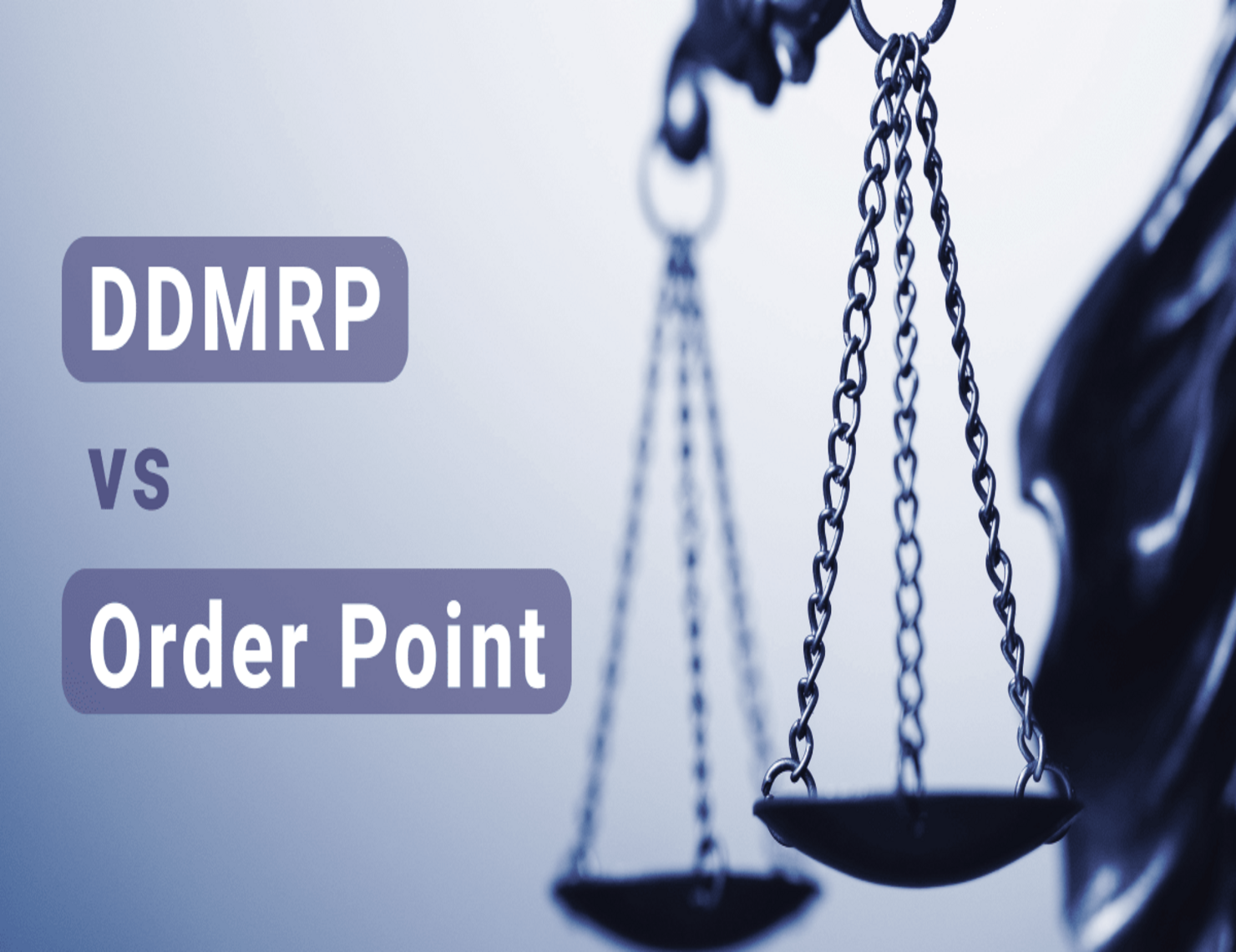Implementing New Supply Chain Technology (Part 1)
Every manufacturer is faced with change sooner or later. In the 21st century, there have been many such changes, from innovative supply chain technologies to new methods to improve the quality of products, or even the entire supply chain management system. Before you embark on such a time-consuming change, you may have some fear: what … Read more














